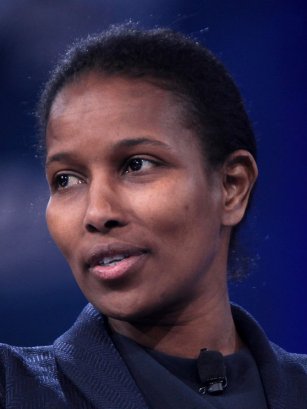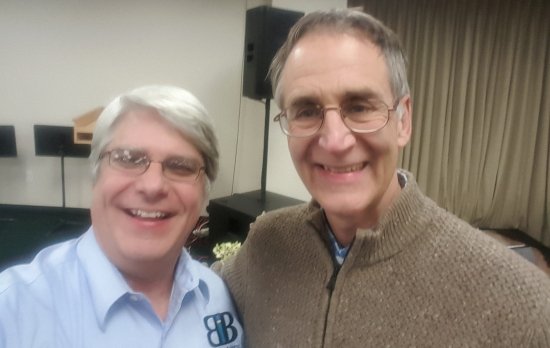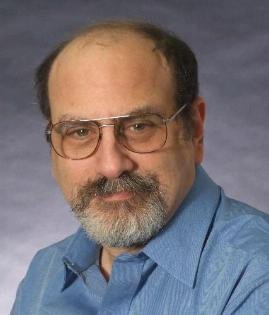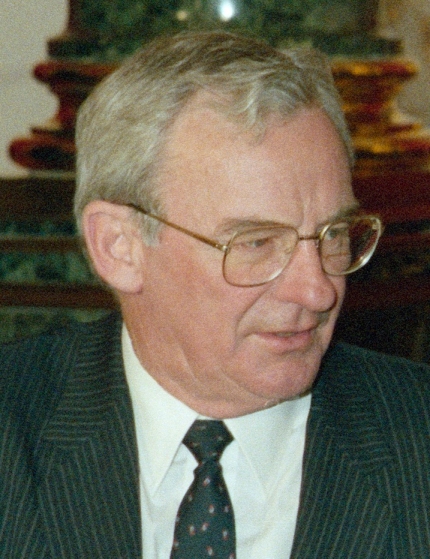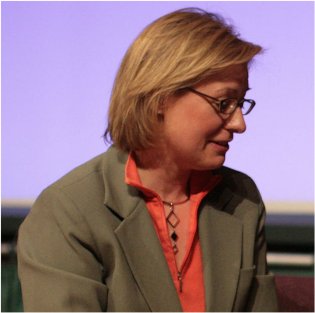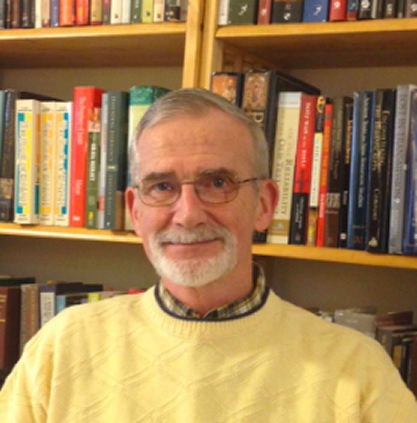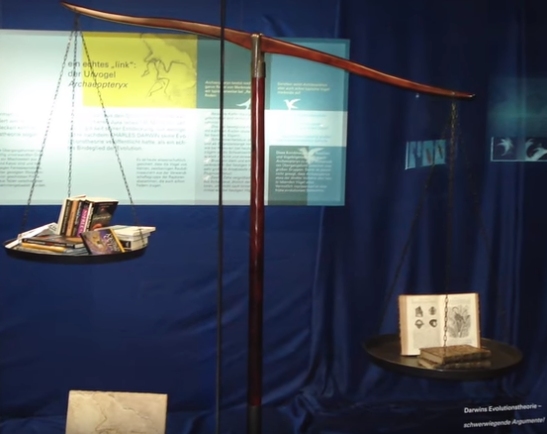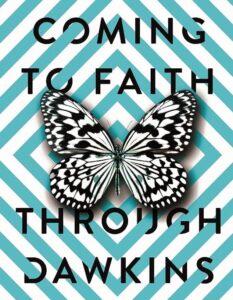 Years ago, I read Why God Won’t Go Away by double-Doctor Alister McGrath (retired professor of Science and Religion at Oxford University). He ends the book with a story about a young man who credits atheist Richard Dawkins for turning him to Christianity. I still count it as the best ending to any nonfiction book that I have read. The next year, I read another account in which an agnostic became a Christian and once again, Richard Dawkins was instrumental in her faith journey. Well, it turns out these aren’t isolated incidents. I recently completed Coming to Faith Through Dawkins, a collection of 12 essays from a variety of people who all see Richard Dawkins as an important part of their faith journey.
Years ago, I read Why God Won’t Go Away by double-Doctor Alister McGrath (retired professor of Science and Religion at Oxford University). He ends the book with a story about a young man who credits atheist Richard Dawkins for turning him to Christianity. I still count it as the best ending to any nonfiction book that I have read. The next year, I read another account in which an agnostic became a Christian and once again, Richard Dawkins was instrumental in her faith journey. Well, it turns out these aren’t isolated incidents. I recently completed Coming to Faith Through Dawkins, a collection of 12 essays from a variety of people who all see Richard Dawkins as an important part of their faith journey.
The authors of these essays are from all walks of life and hail from various countries. Two of them have science PhDs, one has a PhD in history, another a PhD in philosophy. Others include an engineer, a theologian, and an artist/writer. Three are from the U.S., three are from South Africa, two are from Australia, two are from England, one is from Egypt, and one is from Hungary. Two of them have been featured on this blog (here and here).
While I highly recommend each essay, I want to concentrate on the one I found the most interesting (and entertaining): the essay by Johan Erasmus. Growing up in South Africa, he said that he was a Christian by default, but by age 10, he started asking questions. In his community, such questions were discouraged, so he started struggling with his faith. However, a perceptive teacher gave him a book with essays by C.S. Lewis. Unfortunately, it was hard for him to read, since it was in English, and his first language was Afrikaans. He writes:
I remember thinking to myself that if I believed one day, it would probably be because of him. Imagine my surprise, then, when I was told at church camp at the end of high school that his Chronicles of Narnia was basically satanic. It turns out, the one guy who was making me hold on to my faith (if only by a thread) was supposedly in cahoots with the devil! An odd strategy for the Prince of Darkness. It seemed unfair to me (and still does, as a matter of fact), that Satan wrote the best books and songs and made the best movies.
Because of his questions and his uncertain faith, he decided to go to university to study theology. However, that didn’t work out as planned. As he writes:
…in order to be accepted by the school of theology, a student is questioned by a panel of professors. One question stood out: Why do you want to study theology? My answer was, “I want to know if it is true.” This, by the way, is the wrong answer. After a minute of awkward silence, one of the professors managed to correct the error and said with authority, “Brother, you don’t study theology to gain faith; you have faith and then you study theology.” Everyone in the room agreed that I was in the wrong place. Luckily for me, the humanities department was far less selective.
While at university, he became acquainted with the works of the New Atheists, including The God Delusion by Richard Dawkins. This led him to consider himself an atheist. He tried to discuss atheist arguments with his friends, but most of them didn’t have the ability (or interest) to engage. However, he ended up finding a woman who was back in South Africa after studying theology in the U.S., and when he discussed the works of the New Atheists with her, she said:
You seriously need to get yourself some better atheists…If you are going to be an atheist, at least do it because you were convinced by the likes of Michael Ruse, Thomas Nagel, or Nietzche, but I am going to be insulted if those guys [Dawkins, Hitchens, and Harris] put the nail in your Christian coffin.
I couldn’t agree more. The arguments of the New Atheists are simplistic and come mostly from a place of ignorance. As a former atheist myself whose role model was Antony Flew, I find their reasoning insults the reader’s intelligence (with the notable exception of some of Daniel Dennett’s work). This woman put him on a path to find some seriously intelligent discussions of the existence of God, and he ended up becoming a Christian.
Erasmus’s journey from the simplistic nonsense of Dawkins (and Kent Hovind as well) to a serious intellectual analysis of worldviews led him to offer this insightful advice:
Christians as a whole, and the apologetics community in particular, will do well to respect the fact that there are brilliant minds, past and present, who ended up on the side of atheism. You would be a fool to call a Graham Oppy or a John Gray deluded atheists.
Once again, Eramus’s story is only one of 12, all of which are worth reading. When I finished the book, I wondered whether or not Dawkins had seen it and what he thought of it. As I was considering this, I recalled a quote from C.S. Lewis that sums up what Dawkins should learn from the book:
For you will certainly carry out God’s purpose, however you act, but it makes a difference to you whether you serve like Judas or like John. (C.S. Lewis, The Problem of Pain, Touchstone 1996, p. 99)

